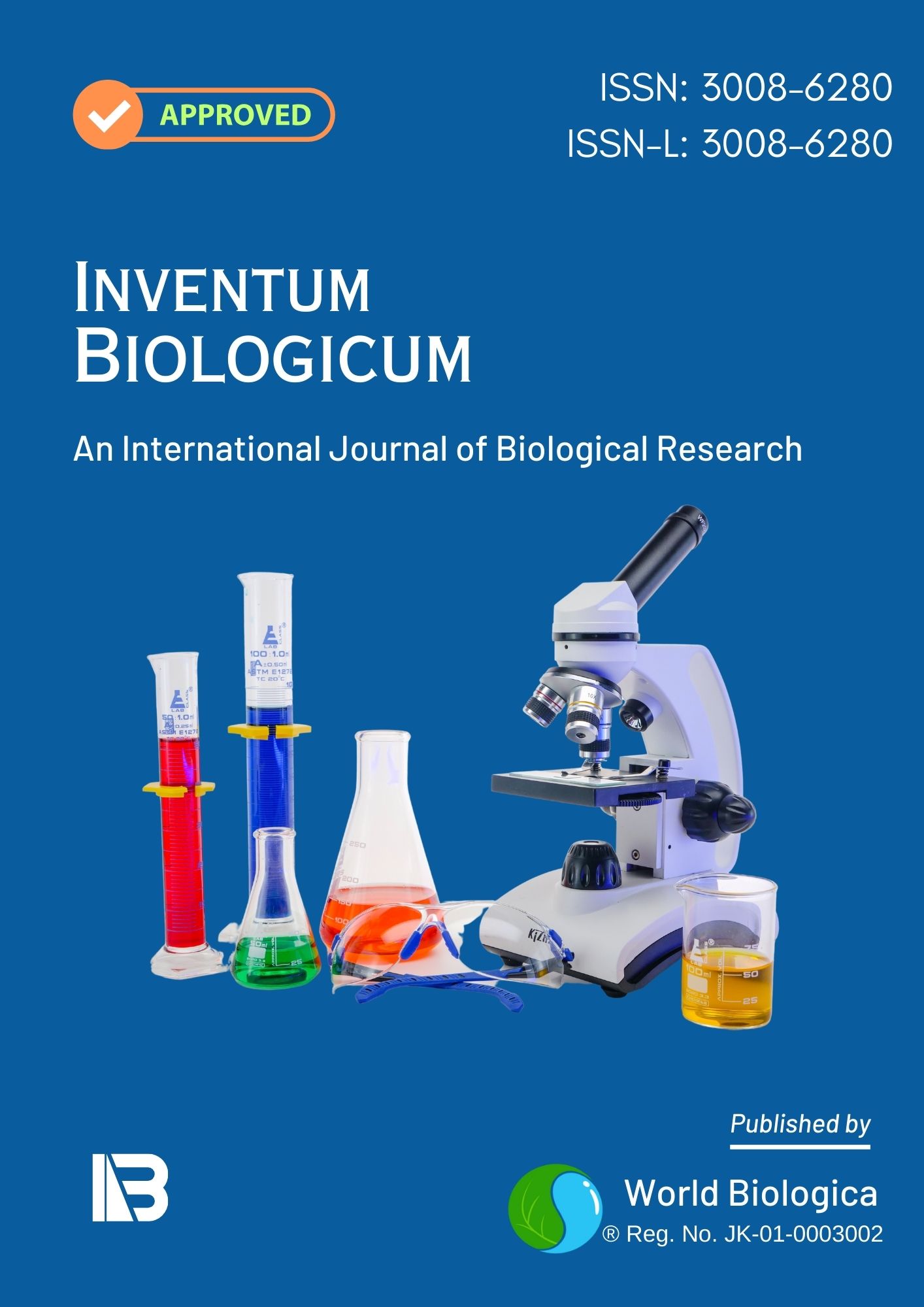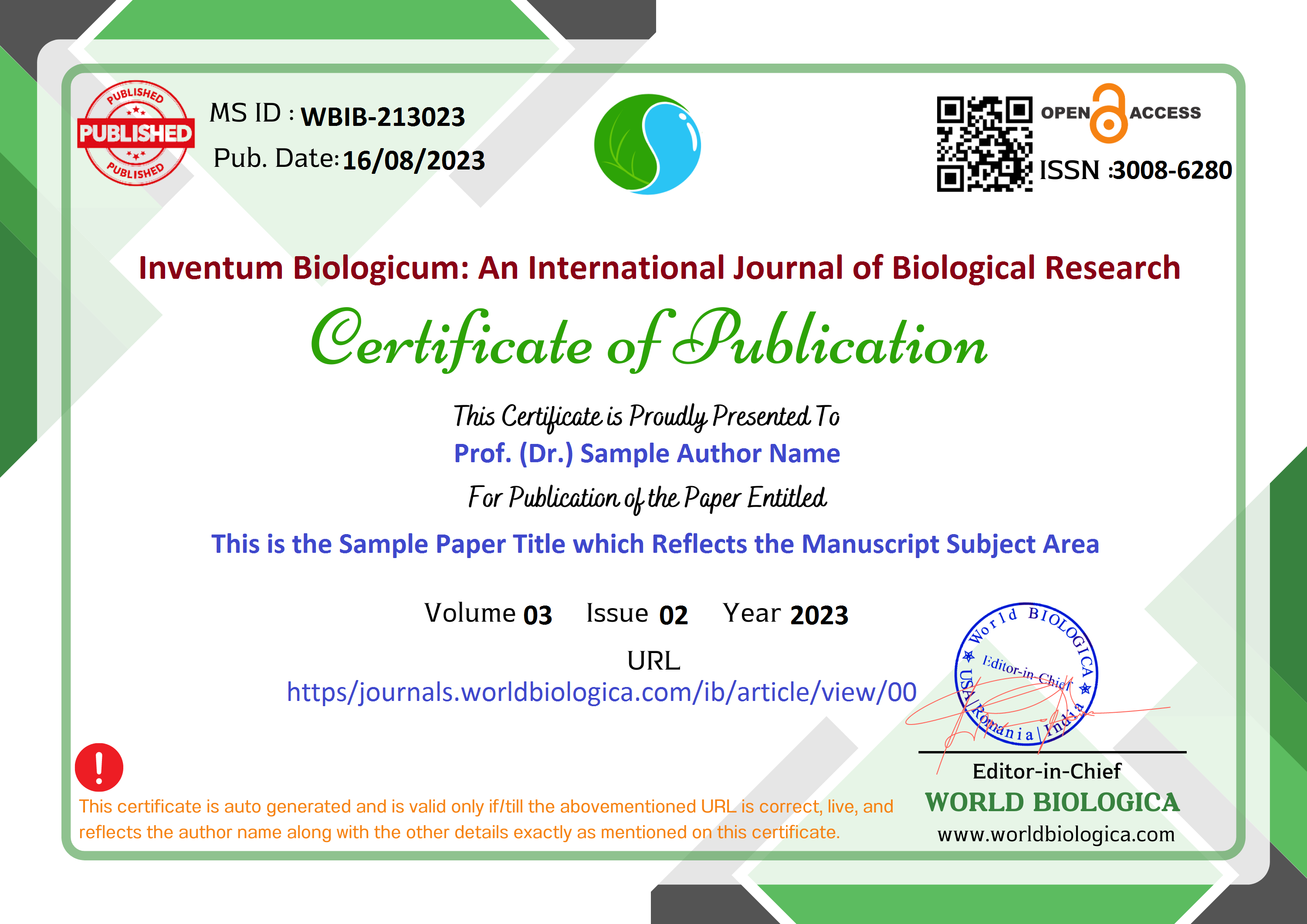Environmental-Friendly Physiotherapy Practices on a Global Scale
Keywords:
Environmental physiotherapy, Environmental issues, Health impacts, Etymological conceptAbstract
The current review paper recognizes and values the elemental and vital role of the environment in our day-to-day life, our physical health and professional physiotherapy practice, and adapt our thinking and actions accordingly. There is a dire need to understand and acknowledge how the environment relates to the existing specialties in the field of physiotherapy and therefore the pathologies and health challenges they attempt to handle. This understanding will enable us to enhance practice for the advantage of patient health across musculoskeletal, neurologic, paediatric, and cardio-pulmonary physiotherapy, and additionally for physiotherapy in mental health issues, occupational health and ergonomics. Apart from patient care, the environmental consideration within the operational functioning and provision of physiotherapy has to be given importance in the various treatment settings. This needs a general understanding of the concept of sustainability and its applications to different parts of physiotherapy service provision. The key foundation for environmental physiotherapy is robust understanding of the environmental issues that we face worldwide these days, along with their health impacts. These include global climate change, biodiversity loss, plastic and air pollution and extreme weather events, and also the means by which they contribute to the direct and indirect spread of health problems, relevant to the field of physiotherapy.
Downloads
References
An introduction to environmental physiotherapy [Internet]. Physiopedia. [cited 2021Nov5]. Retrieved from https://www.physiopedia.com/An_Introduction_to_Environmental_Physio therapy
Condon, A. Environmental sustainability in physiotherapy: Can we be more “green”? [Internet]. Central Health Physiotherapy. [cited 2021Nov5]. Retrieved from https://www.centralhealth.com/blog/environmental-sustainability-inphysiotherapy/
Eckelman, M. J., & Sherman, J. (2016). Environmental impacts of the U.S. health care system and effects on public health. PloS One, 11(6), e0157014. doi:10.1371/journal.pone.0157014
Hawken, P. (2017). Drawdown the most comprehensive plan ever proposed to reverse global warming. New York: Penguin Books.
Intergovernmental Panel on Climate Change (IPCC). (2018). Understanding the impacts of global warming of 1.5°c above preindustrial levels and related global greenhouse gas emission pathways, in the context of strengthening the global response to the threat of climate change, sustainable development, and efforts to eradicate poverty. Global Warming of. Retrieved from https://www.ipcc.ch/sr15/. In Geneva, Switzerland: World Meteorological Organization, 1(5)°C - Summary for Policymakers.
Jiménes de Cisneros, R. (2016). Timothy Morton: Ecology without nature [Interview] [Blog post]. Retrieved from http://lab.cccb.org/en/tim-mortonecology-without-nature/
Maric, F., & Nicholls, D. A. (2019). A call for a new environmental physiotherapy – An editorial. Physiotherapy Theory and Practice, 35(10), 905–907. doi:10.1080/09593985.2019.1632006
Maric, F., Groven, K. S., Banerjee, S., & Michelsen, T. D. (2021). Essentials for sustainable physiotherapy: Introducing environmental reasoning into physiotherapy clinical decision-making. Fysioterapeuten.
Mortimer, F., Isherwood, J., Pearce, M., Kenward, C., & Vaux, E. (2018). Sustainability in quality improvement: Measuring impact. Future Healthcare Journal, 5(2), 94–97. doi:10.7861/futurehosp.5-2-94
Mortimer, F., Isherwood, J., Wilkinson, A., & Vaux, E. (2018). Sustainability in quality improvement: Redefining value. Future Healthcare Journal, 5(2), 88–93. doi:10.7861/futurehosp.5-2-88
Myers, S. S. (2017). Planetary health: Protecting human health on a rapidly changing planet. Lancet, 390(10114), 2860–2868. doi:10.1016/S0140-6736(17)32846-5
Palstam, A., Andersson, M., Lange, E., & Grenholm, A. (2021). A call to include a perspective of sustainable development in physical therapy research. Physical Therapy, 3(3), 101(3):pzaa228. doi:10.1093/ptj/pzaa228.
Physiotherapy (N.) [Internet]. Etymology. [cited 2021Nov5]. Retrieved from https://www.etymonline.com/word/physiotherapy
Reinhardt, J. D., Miller, J., Stucki, G., Sykes, C., & Gray, D. B. (2011). Measuring impact of environmental factors on human functioning and disability: A review of various scientific approaches. Disability and Rehabilitation, 33(23–24), 2151–2165. doi:10.3109/09638288.2011.573053
Terlouw, T. J. (2006). The origin of the term “physiotherapy”. Physiotherapy Research International, 11(1), 56–57. doi:10.1002/pri.33
Toner, A., Lewis, J. S., Stanhope, J., & Maric, F. (2021, January 19). Prescribing active transport as a planetary health intervention- benefits, challenges and recommendations. Physical Therapy Reviews, 26(3), 159–167. doi:10.1080/10833196.2021.1876598
Watts, N. et al. (2020). The 2020 report of the Lancet Countdown on health and climate change: Responding to converging crises. Lancet, 6736(20)32290-X, doi:10.1016/S0140
Downloads
-
Download PDF
 Abstract Views: 333,
Abstract Views: 333,  Download PDF: 134
Download PDF: 134
Published
How to Cite
Issue
Section
License
Copyright (c) 2023 Inventum Biologicum: An International Journal of Biological Research

This work is licensed under a Creative Commons Attribution-NonCommercial-NoDerivatives 4.0 International License.


















